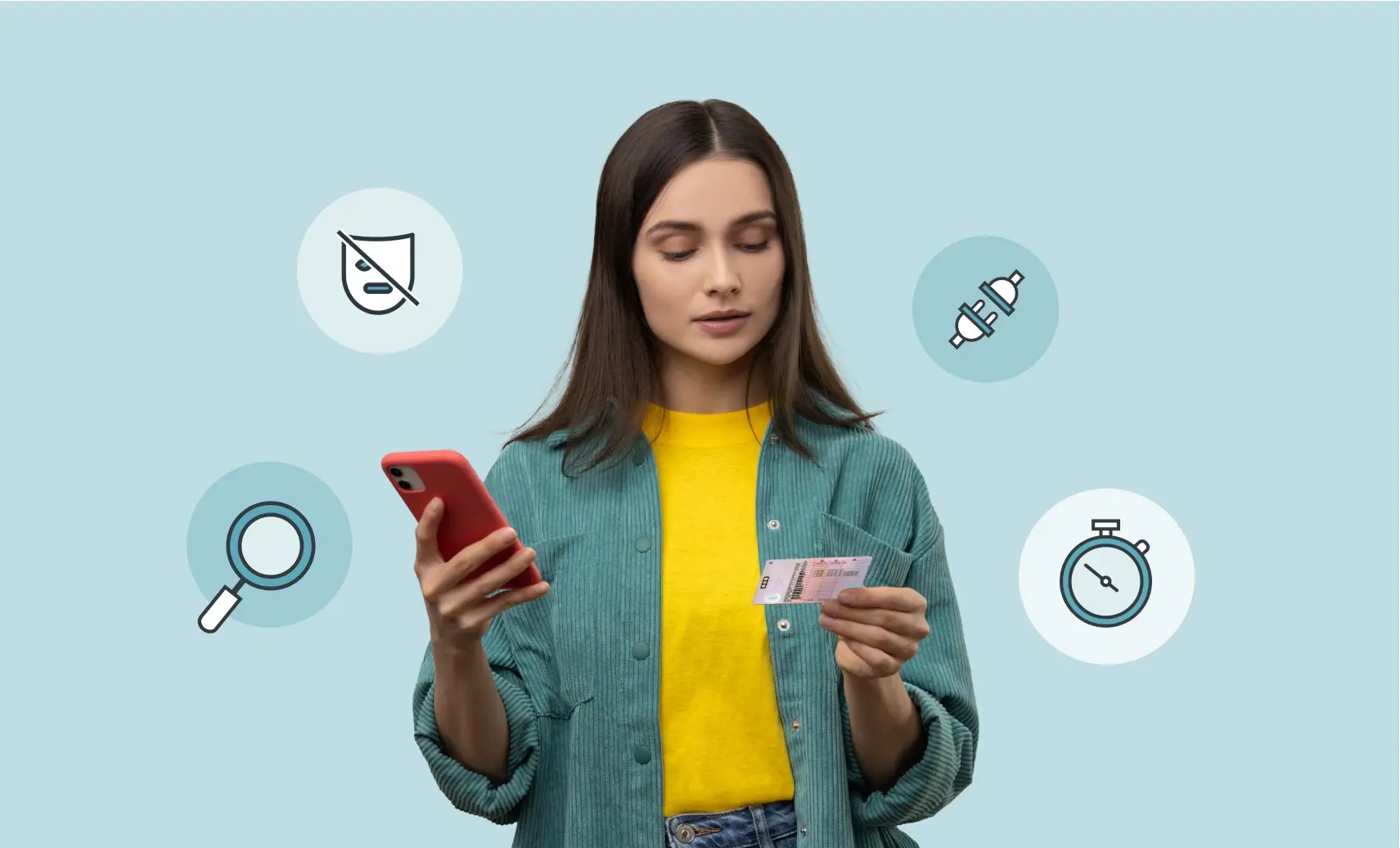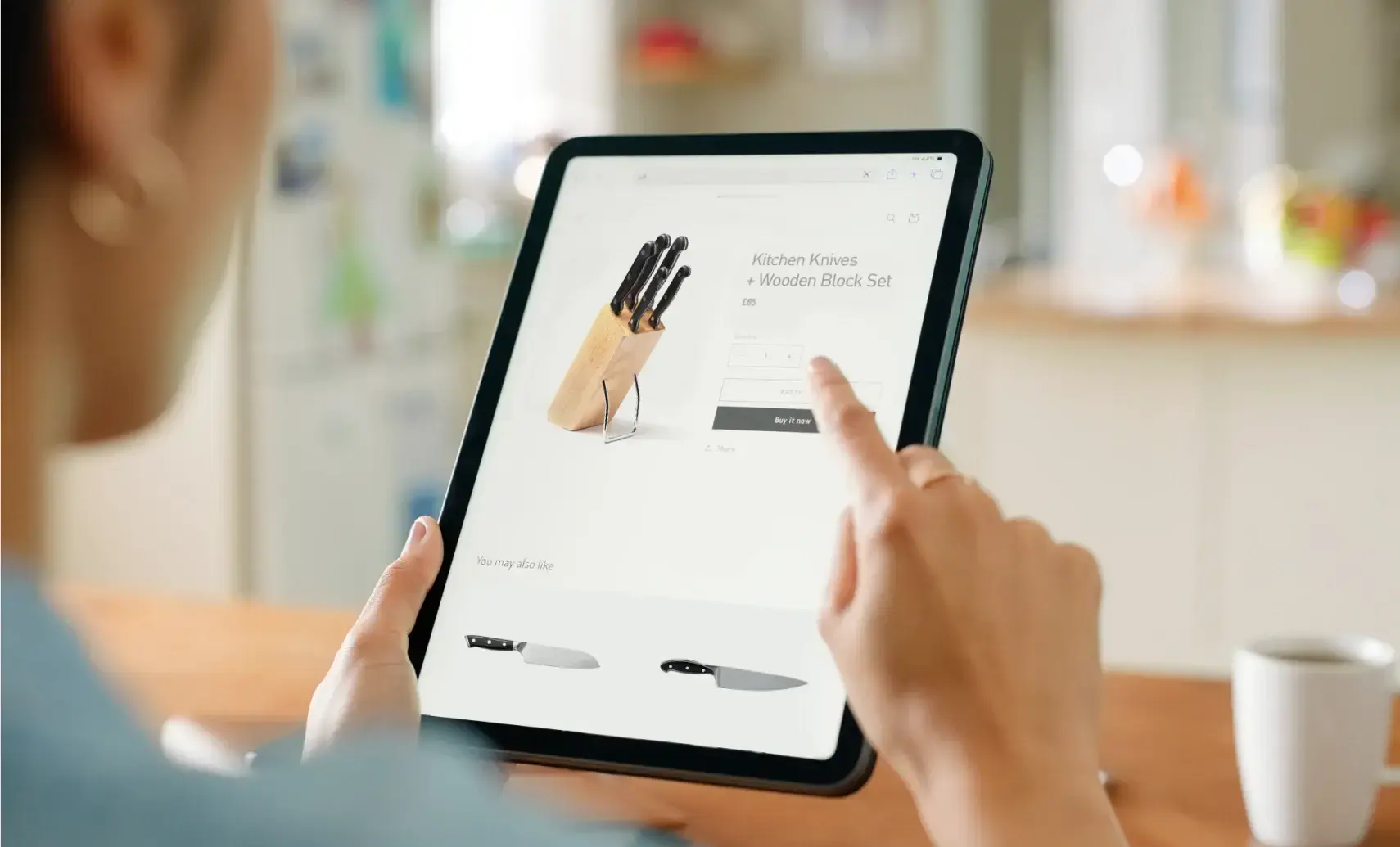
The Disclosure and Barring Service (DBS) has updated its guidance on how to check someone’s identity for a criminal record check.
Previously, the process was only possible by seeing physical documents. During the pandemic, employers enjoyed relaxed rules which allowed them to do this via video call. However, the government has now updated their guidance to allow for digital ID verification technology.
This means candidates can prove their identity online, which is an absolute game changer for employers grappling with a remote-first world. But how does the process work and should you use it? Here’s our guide to digital ID for DBS checks.
What is a DBS check?
A DBS check allows employers to see any criminal convictions a candidate may have on record. In some jobs, this is a legal requirement, particularly when working with vulnerable people, such as in healthcare or childcare. The check itself is processed by the Disclosure and Barring Service (DBS) and was previously called a CRB check.
There are four types of DBS checks:
- Basic: shows unspent convictions and conditional cautions
- Standard: shows spent and unspent convictions and cautions
- Enhanced: shows the same as a standard check plus any information held by local police that’s considered relevant to the role
- Enhanced with barred lists: shows the same as an enhanced check plus whether the applicant is on the list of people barred from doing the role
Anyone can request a Basic DBS check on themselves directly through the government website.
Employers that want to request a Basic DBS check on an employee must use a ‘responsible organisation’ (RO), which is a company registered with the DBS to submit checks.
To request a Standard or Enhanced DBS check on an employee, employers must use a company known as an ‘umbrella body’. Employers that process over 100 checks a year can also choose to register with DBS.
Verifying identity for DBS
Before a DBS check can be processed, you first need to confirm the identity of the person being checked.
Until this year, this relied on seeing original documents. However, the new guidelines now allow employers to collect and verify documents digitally. For candidates, this is as simple as submitting their documents and a selfie online.
The verification process is mostly automated and uses facial matching to compare a selfie to an ID document. In addition, checks are done to make sure the image is of a real person and that the document is genuine.
In addition, further checks are often completed to reach the correct level of confidence under GPG45 as required by DBS, such as a check against data held by credit reference agencies.
Employers don’t have to use digital identity verification but if they do, it must be undertaken by a certified identity service provider (IDSP). Make sure you check with your chosen DBS provider if they accept digital identity checks.
GPG45 for DBS
When done digitally, the identity checking process must follow the government’s Good Practice Guide (GPG)45. This involves gathering evidence that supports someone’s identity and is split in five parts:
- Get evidence of the claimed identity
- Check the evidence is genuine or valid
- Check the claimed identity has existed over time
- Check if the claimed identity is at high risk of identity fraud
- Check that the identity belongs to the person who’s claiming it
Each step in this process is scored and combined to reach a level of confidence. There are four levels of confidence: low, medium, high and very high.
The levels of confidence required for DBS are:
- ‘Medium confidence’ for DBS Basic
- ‘High confidence’ for Standard and Enhanced
Identity profiles for DBS
There are many ways to reach a GPG45 level of confidence, depending on how each step of the identity checking process has been carried out.
Different types of evidence are scored differently. For example, an ePassport scores more than a non-electronic passport or a driving licence.
Similarly, the way you collect evidence is important. You can gather and verify proof of address from a driving licence or typed in by the individual and checked with a credit reference agency.
The different ways you gather and check evidence to reach a specific level of confidence are called ‘identity profiles’.
There are lots of identity profiles and IDSPs must be audited for each one they offer. Not all IDSPs will offer the same number of identity profiles, which means some providers will offer candidates more flexibility and less friction than others.
Should you use digital identity for DBS?
Digital identity is a game change for remote and hybrid working practices. Not only does it allow you to onboard employees from anywhere in the world, but it also helps you stand out in a competitive marketplace with an unbeatable candidate experience.
In addition, for organisations that need to prove right to work eligibility and carry out a DBS check, some IDSPs like Yoti and Post Office are certified for both. This means you can use the same ID check for both processes, allowing you to streamline your internal practices.
Of course, digital isn’t for everybody. We believe in choice and inclusivity. Candidates that would like a little assistance can verify their identity at a Post Office. Their data is digitised and returned to the business in the same way as in the online service, only they haven’t had to touch a keyboard.
How Yoti and Post Office are digitising the DBS process
Yoti and Post Office were the first government-certified IDSP for both DBS and Right to Work. Since the change in guidance, we’ve helped some of the UK’s biggest background screening companies make huge efficiencies in their processes.
We’ve continued to add more identity profiles to our Identity Verification Service, to give candidates more flexibility and less friction over the documents they use.
For DBS basic, candidates can complete the process using just their UK driving licence. To meet the required ‘medium’ level of assurance, we run an activity history check without adding any friction to the user experience.
For DBS Standard and Enhanced, candidates can complete the process using an ePassport or a non-chipped passport. This new profile opens up the process to a wider range of ID documents and customers across the globe.
Candidates can also prove their identity for a DBS check using our reusable Digital ID app.
Alternatively, candidates that prefer some human assistance can verify their identity in-person at a Post Office.
Digitise the ID process for DBS
It’s been a really exciting time for Yoti and Post Office as we see what happens when innovation meets legislation.
And we’ve loved hearing the feedback from valued partners like David Hutchinson, CEO at PeopleCheck:
“I want to applaud your internal teams with how they have been supporting and working with the PeopleCheck tech team. The result is an exceptional candidate journey and a great product. This is a significant game changer for both on-site and remote hiring – with companies now being able to fully outsource UK Right to Work credibly and compliantly, at scale and at speed.”
If you’re looking to digitise the DBS and right to work process, get in touch and we’d be happy to help.



